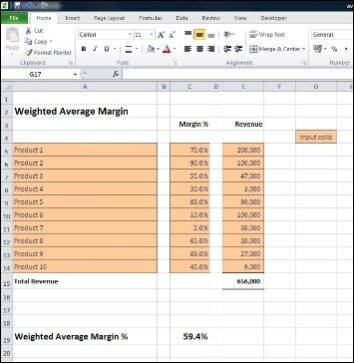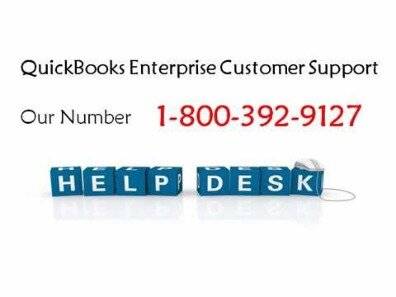Content

In addition to a wholesaler and retailer , there is another intermediary, which is the agent. Agents handle the distribution of the product in a specific geographical area. This strategy is chosen when the distribution of the product has to reach huge areas and the demand for the product is high. Product manufacturers and service providers have a number of channel options from which to choose.
What are channel sales examples?
- Affiliates. Affiliates are websites that get paid a commission to send customers to a merchant's website.
- Alliances. Alliances are partnerships with companies that sell complementary products.
- Dealers.
- Distributors.
- Franchisees.
- Resellers or VARs.
- Independent brokers or agents.
- Retailers.
If you don’t want to go through the effort of setting up an entire social media shop, you can focus on simply building your social media brand and funneling sales to your site. The poster child for this type of online sales strategy is Dollar Shave Club, which leveraged social selling to build a brand that sold for $1 billion to Unilever. If you opt to open your own storefront to sell your product or service, you choose a retail sales strategy. Grocery stores, clothing stores, convenience stores, and discount stores–among many, many other store types–are all different types of retail stores. Sales channels are the places you offer your products or services to reach your customers. They can be direct, such as your website or marketplace, or indirect, such as distributors and affiliates.
Sales and Distribution channels
However, you can avoid the pitfalls by anticipating and working around their inherent weaknesses. If your Sales Channel Strategies is complicated and full of intricate parts that need to be explained to a potential customer? If your product requires more research or requires a lot of touchpoints to understand, a channel sales strategy is probably not for you . Channel sales can be powerful, but only for the right kinds of products.
- You can opt for any type of the third party that will offer your products to your end-users.
- You want to improve cash flow — When you sell on one channel, it’s easy for cash to dry up due to uncontrollable issues like slow payouts.
- For starters, as much as you vet and train them, you can’t completely control what your indirect sales force says or does when they interact with target customers across various touchpoints.
- Even if a company isn’t opening stores and just plans to use its website, marketing a totally new brand to unfamiliar consumers can be expensive, depending on the product category.
With this channel, you get all the profits from your sale, which builds your income faster. But keep in mind that all marketing and logistics costs fall in your court. In channel sales, you rely on third parties to sell your product or service.
Brick-and-Mortar Retail Sales
When sitting down to hammer out a distribution strategy, always be open to the different combinations that can be made with direct and indirect channels. Retailers may have certain stipulations for working with them, as other intermediaries would. Also be sure to not spread yourself too thin, especially if you’re just starting out.
